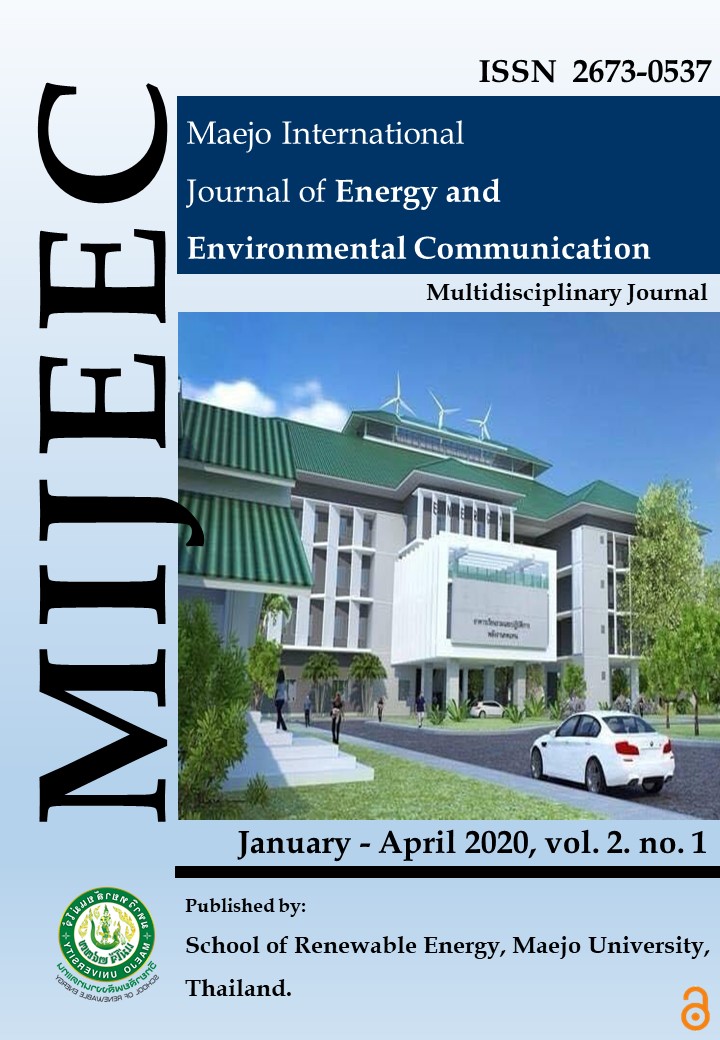Research on the electrical characteristics of atmospheric strong ionization dielectric barrier discharge for air pollution control
Main Article Content
Abstract
The specific input energy (SIE), current density, and discharge power of homemade strong ionization dielectric barrier discharge (DBD) were studied to suppress gas-phase benzene at atmospheric pressure efficiently. Findings indicate that for 300 ppm of benzene at 3.5 kJ/L SIE, benzene's removal efficiency reached 96%. The decline in current density by 66.48% and 43.7% for an initial benzene concentration of 300 ppm was due to increased oxygen content (from 2.4% to 20.9%) and relative humidity (from 18.9% to 90%), respectively, thus reducing electron concentration and consequentially enhanced the removal efficiency over 93%.
Furthermore, the decomposition law's beta parameter decreased from 3.1 kJ/L at 300 ppm to 1.6 kJ/L at 100 ppm, indicating that •O and •OH radicals are key species for the decomposition of benzene and electron dissociation reactions largely control the process. The Maxwell– Boltzmann electron energy distribution function was solved using the average energy of the strong ionization discharge reactor (~10 eV), showing that approximately 84.8 % of high energy electrons possess enough energy to cause the benzene ring cleavage and free radical production. The study results show that the strong ionization DBD plasma reactor is highly efficient in removing benzene from industrial waste air, hence air pollution control.
Article Details
Copyright © 2019 MIJEEC - Maejo International Journal of Energy and Environmental Communication, All rights reserved. This is an open-access article distributed under the terms of the Creative Commons Attribution-NonCommercial- Attribution 4.0 International (CC BY 4.0) License






